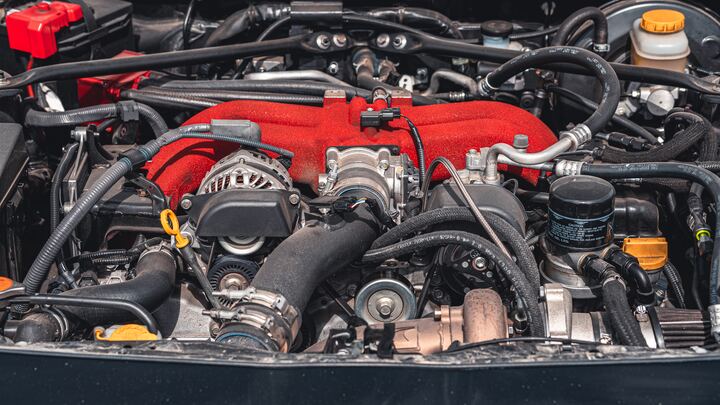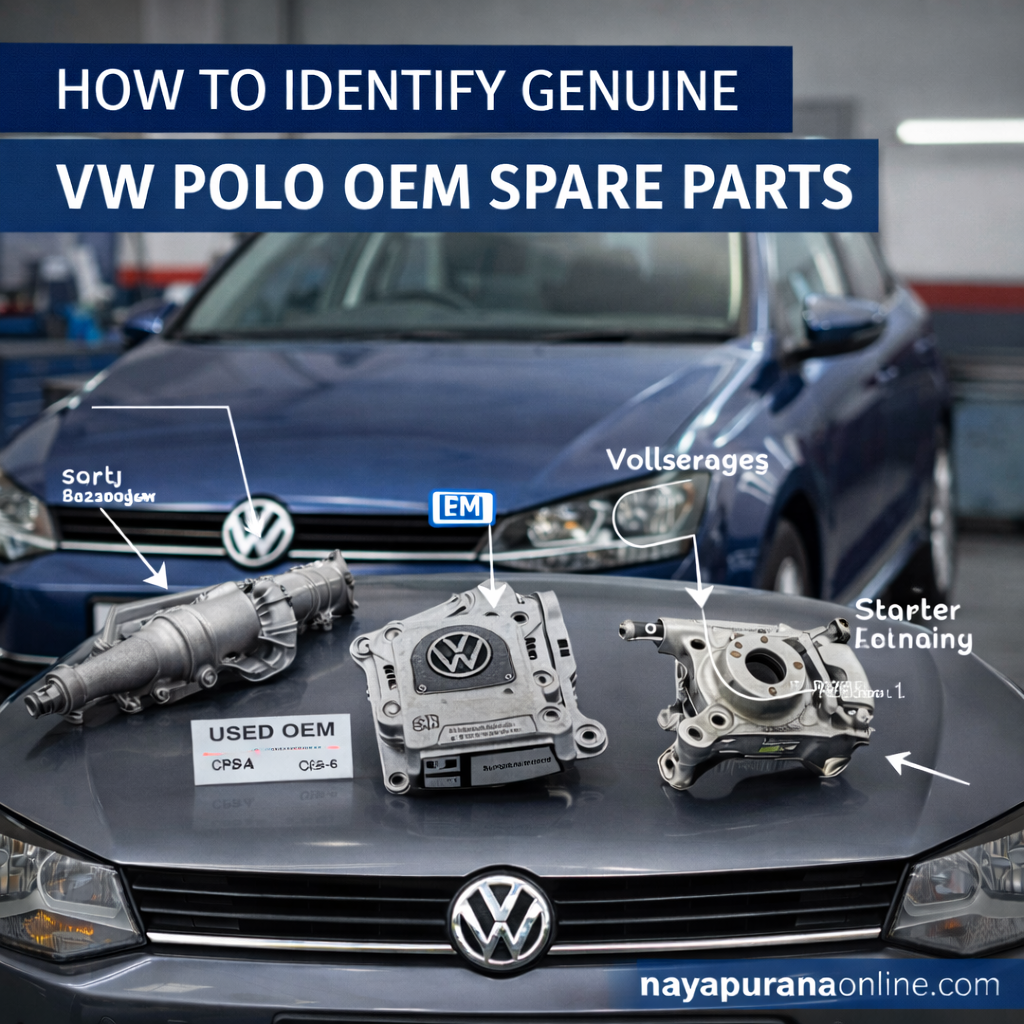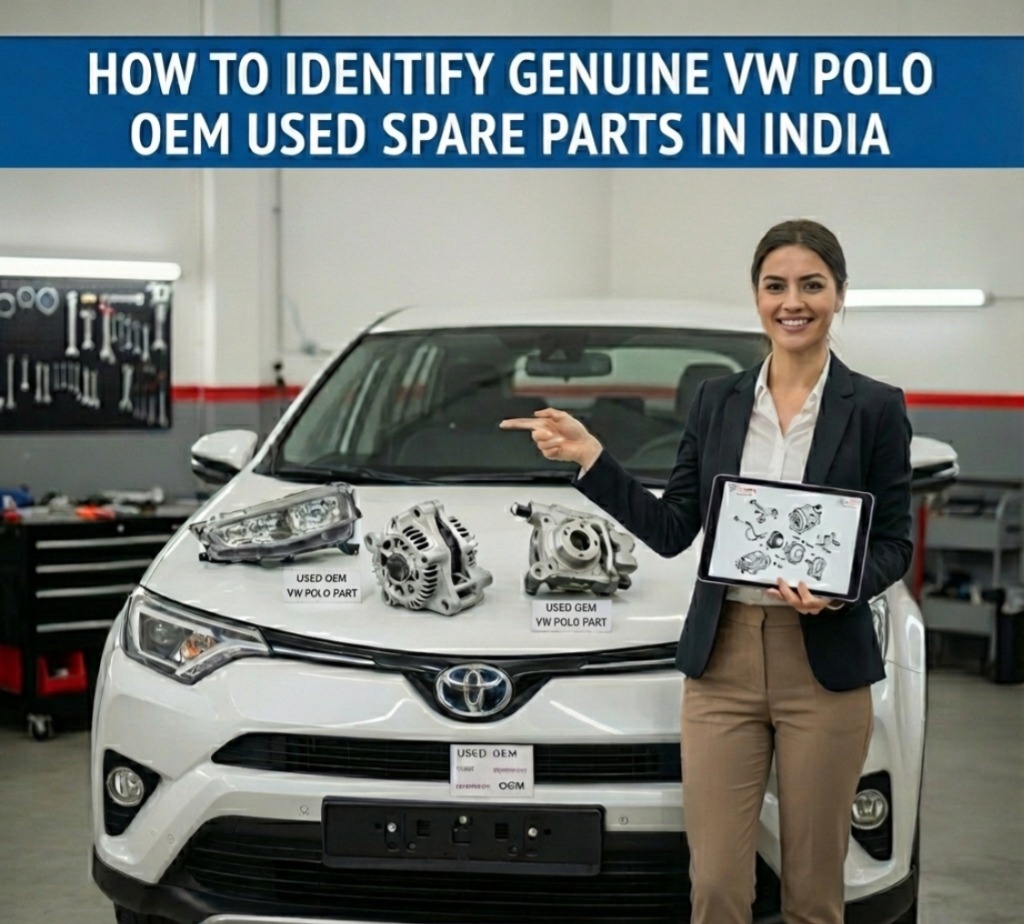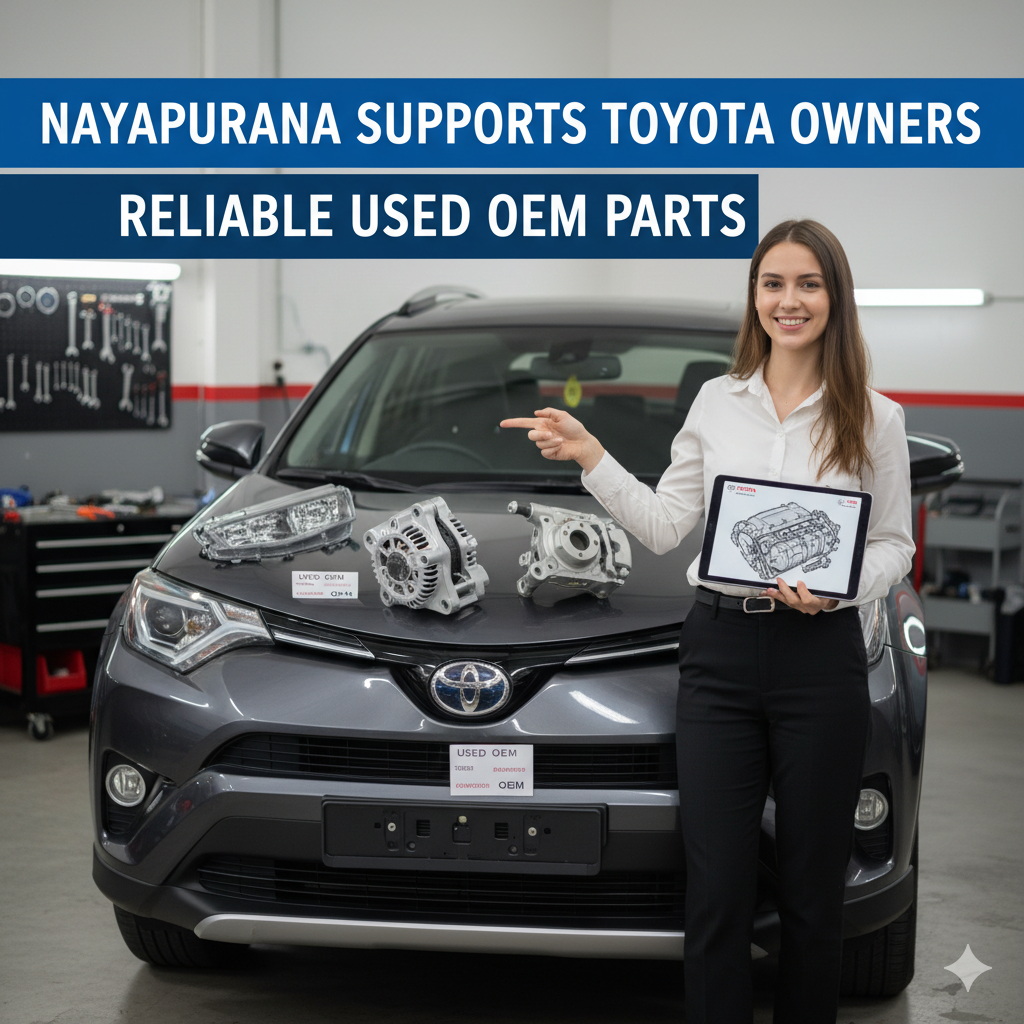What Do We Know About Rotary Engines In Cars?
01 Sep,2023
Rotary engines in cars, often known as Wankel engines, are a captivating departure from traditional piston engines. Developed by Felix Wankel in the 1950s, they operate using a rotating triangular rotor within an oblong chamber, resulting in fewer moving parts, reduced vibration, and a compact size.
These engines excel in delivering high power-to-weight ratios, making them a popular choice for sports cars and racing. Mazda's RX-7 and RX-8 are iconic examples. However, challenges like fuel consumption, emissions, and sealing issues have tempered their widespread adoption.
In recent years, discussions have shifted towards rotary engines as range extenders in hybrids and electric vehicles. They could leverage their compactness and smooth operation to charge batteries and provide extra range. The future of rotary engines in cars may involve a new role in emerging automotive technologies.

A rotary engine, often referred to as a Wankel engine, is a unique and innovative type of internal combustion engine that offers distinct advantages and challenges compared to traditional piston engines. Developed by German engineer Felix Wankel in the 1950s, the rotary engine has garnered attention for its compact design, smooth operation, and potential for high power output.
Unlike conventional piston engines that rely on reciprocating motion, rotary engines utilize a rotating triangular rotor housed within an oblong chamber. The rotor's motion generates the engine's power cycles directly, eliminating the need for traditional pistons, connecting rods, and crankshafts. This design results in fewer moving parts, reduced vibration, and a more compact overall engine size.
One of the standout characteristics of rotary engines is their ability to achieve high power-to-weight ratios, making them popular choices for sports cars and racing applications. The smooth and consistent power delivery, along with the potential for high RPMs, can lead to exhilarating driving experiences. Additionally, the compact size of rotary engines allows for unique vehicle layouts and designs, which some manufacturers have exploited to create iconic and memorable car models.
However, rotary engines are not without challenges. They tend to have higher fuel consumption and emissions compared to modern piston engines, which can limit their appeal in an era of increasing environmental concerns. The design of rotary engines also presents engineering difficulties related to sealing, cooling, and maintaining consistent compression. Apex seal wear, a critical component for maintaining compression, has been a historical issue in rotary engine reliability.
Mazda, a prominent automaker, is notable for its commitment to developing rotary engines and integrating them into their vehicles. The Mazda RX-7 and RX-8 are among the most well-known models that have featured rotary engines, showcasing the technology's potential and quirks.
In recent years, discussions about rotary engines have centered around their potential applications as range extenders in hybrid and electric vehicles. By using a rotary engine as a generator to charge batteries and provide extra range, automakers aim to harness the compact size and smooth operation of rotary engines while addressing their efficiency and emission challenges.
In conclusion, rotary engines are intriguing and distinctive powerplants that have left a mark on the automotive industry. While they offer advantages such as compactness, smoothness, and high power output, they also face obstacles related to efficiency, emissions, and reliability. As technology continues to evolve, the role of rotary engines in cars may shift, potentially finding new life as part of hybrid and electric propulsion systems or in specialized high-performance applications.


 Login
Login









